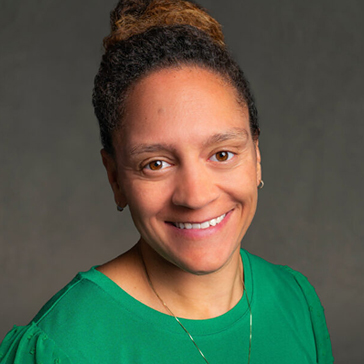Given the complexities of changing education systems, funders regularly collaborate to leverage their influence, channel their funding and mobilize grantees in the same direction. But many well-intentioned collaborations fall short of expectations. So what actions and approaches might lead to more success?
In a recently published article in the journal The Foundation Review, we and Barbara Chow (former program director at the William and Flora Hewlett Foundation) attempt to answer that question. We reflect on our experience with a half-dozen joint funding efforts—including learning networks, pooled funds, technical assistance efforts and new nonprofits—all created to support the success of the Common Core State Standards. These experiences working to advance the same issue in different ways and with many of the same funders led us to reflect on why some of the collaborations flourished and some floundered.
The work of a collaboration shifts over time, raising different problems at each stage. We identified lessons we learned around key milestones where decisions (or lack of decisions) affected progress:
We think that recognizing these sticking points and tackling them explicitly can help more collaborations grow and mature into more powerful forces for improving U.S. schools.
Thanks to the generous support of the William and Flora Hewlett Foundation, the article is free for all to access. You can read it in its entirety here. And please reach out if you have any thoughts, reactions or questions.



